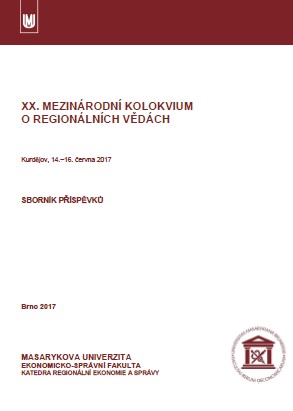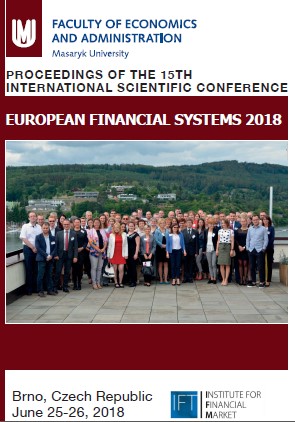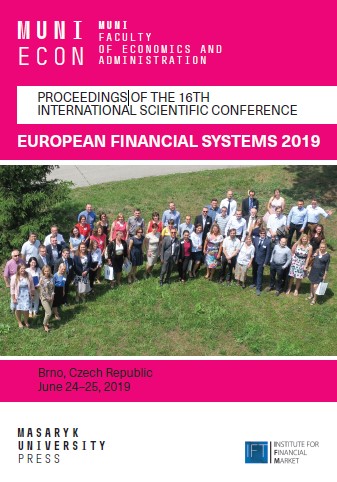
THE THREAT OF TERRORISM ACTING INSIDE EU BORDERS
Until recently, terrorism was one of the most significant issues Europe had to face. Although terrorist acts do not represent an imminent threat to Europeans anymore, they are still a very important international problem that must be eradicated until it escalates again. This paper aims to present, through qualitative analysis, the measures and strategies taken at the European level to combat terrorism, as well as to explain why the eradication of terrorism should still be a priority for international security, despite the recognizable decrease of terrorist activity in Europe in the last few years. Towards the end of the paper, further possible actions for battling this critical threat are suggested, considering and examining the various forms that terrorism has taken over the years.
More...





